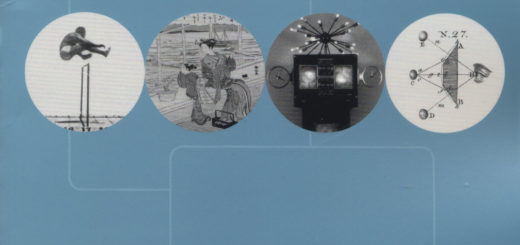Data Photography

The photographer Deborah Baker — a colleague — and I have both been wondering what to call a kind of photography that 1.) cheerfully ignores any responsibility to be “true” to vision or history or morality or whatever, and 2.) relishes the creative possibilities of digital codes–the technology of breaking anything down into bits and bytes and recomputing it, differently. Deborah came up with “data photography” one day in passing–actually in trying to assign names to groups of students with shared interests (with lots of students and no time, as usual). It’s a pretty promising term, I think…respectable old Latin plural, short, a bit alliterative…algorithmic?
We were talking about Juan Fontcuberta, and his work does seem to be an exceptionally clear example of the thing from various angles. It’s photography that shows some understanding of its own status as data, some acceptance of an obligation to confer meaning, rather than discovering or transmitting it. I’m borrowing from Flusser again. This time (in Into the Universe of Technical Images), he’s going on about the world as unthinkably many tiny particles, moving at unthinkable speeds, all below anything human beings can perceive. It’s no place for us to live. So the best thing to do is to team up with our apparatus (actually, “apparatus” is ordinarily a blend of human being and some sort of advantageous technology, e.g. a camera) in a positive, constructive–creative–way, rather than always doing what comes “naturally” to apparatuses, which is to bore us silly.
The image is one of Fontcuberta’s.


